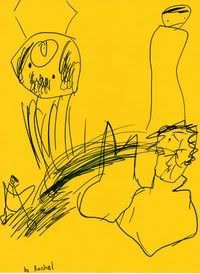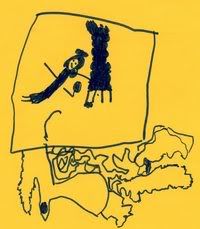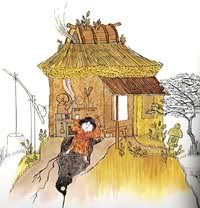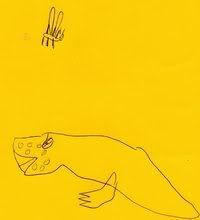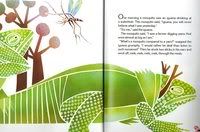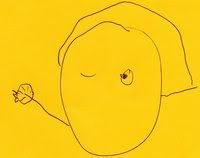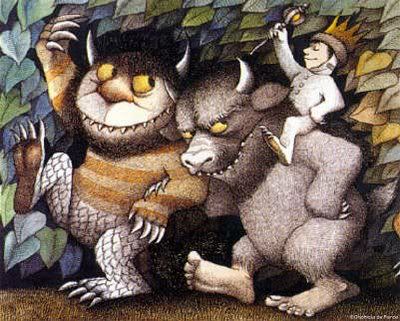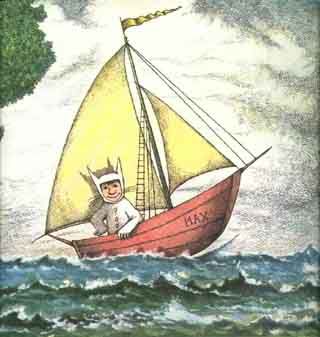My oldest daughter received "The Wizard of Oz" for her 7th birthday. All the stores were sold out of the DVD. She got the book instead. And she was hooked.
The gauntlet was thrown. What's next, Mom?
Last summer, I had dared her to read 100 books. I promised her a family vacation if she could do it. We skipped the picture books and went for the early readers: Amelia Bedelia, Frog and Toad, Dr. Seuss. That challenge cost me 3 days at a water park.
Now, my inclination was to seek out more early chapter books, but I didn't want to fight her attention span. Her copy of "The Wizard of Oz" was beautifully illustrated by Charles Santore. (Kathie, this was the best birthday present ever!) I couldn't find any more of the series illustrated in the same way, and I didn't want to discourage her with a stack of Oz sequels that didn't capitalize on the art.
About the same time, her school librarian noticed how impressed Rachel was with the award-winners in the library's collection. She ordered a Caldecott poster for us and had it laminated. Gauntlet right back at you, kid.
Our project is to read every Caldecott winner by the end of the school year. Rachel is onboard, as is her 5-year-old sister, Audrey. As we read, we will check off each book on our poster, and log each book in our Caldecott reading journal, reprinted in this blog.
The Caldecott Medal is awarded to the most distinguished American picture book for children. Only one is awarded each year, and it began in 1938. That means there are 72 books waiting for us.
Thank you for supporting us on our project. Who knows what we will find on our reading adventure!
-- Mom

 Rachel had read this book before and was very excited about re-reading it. But the art segment of the journal was challenging: "Horses are hard to draw!"
Rachel had read this book before and was very excited about re-reading it. But the art segment of the journal was challenging: "Horses are hard to draw!"

